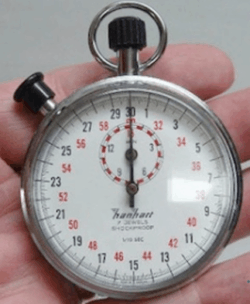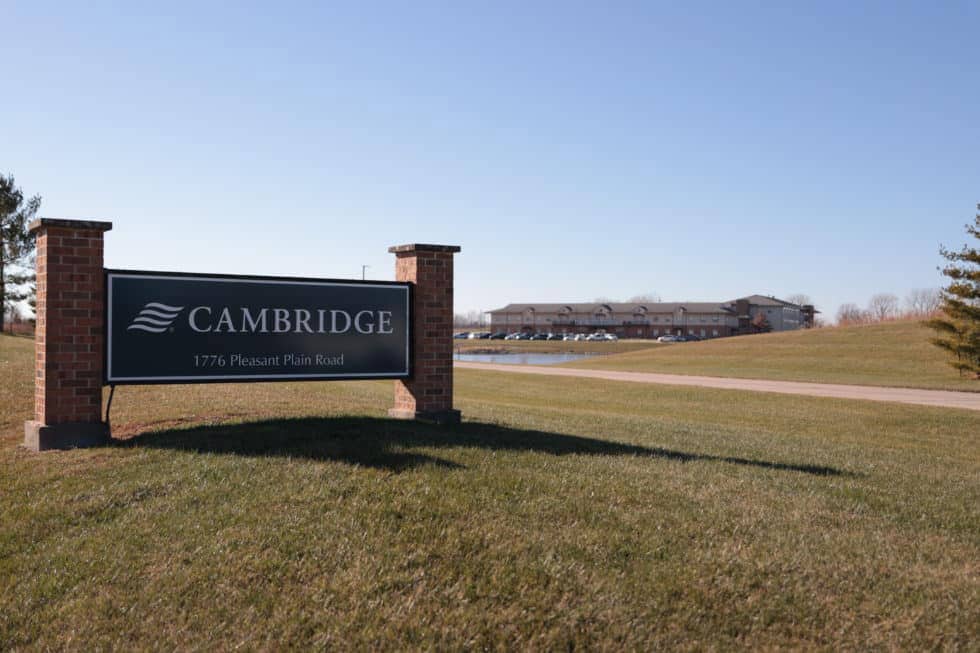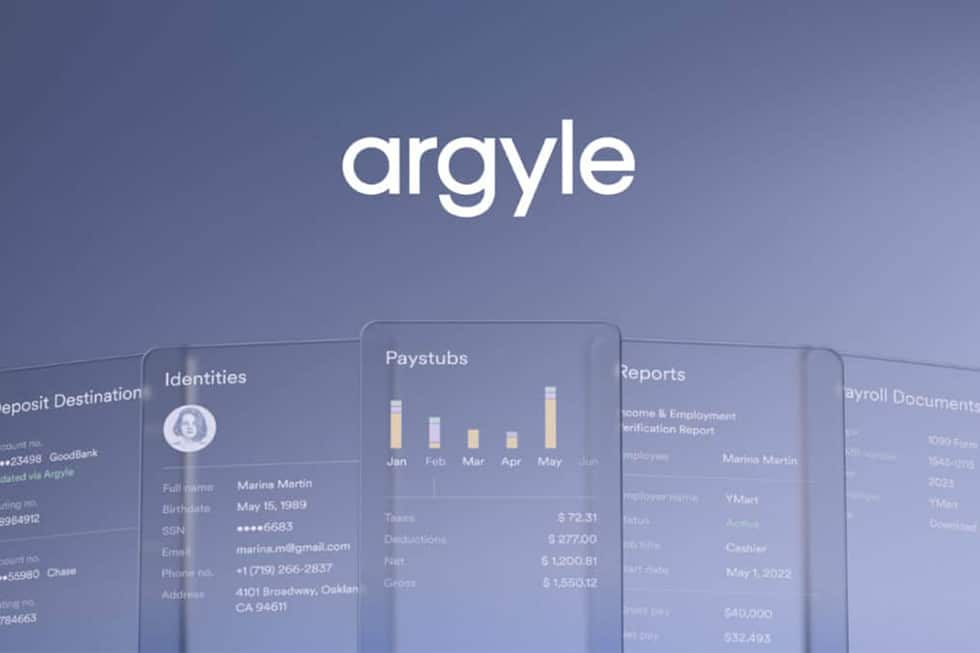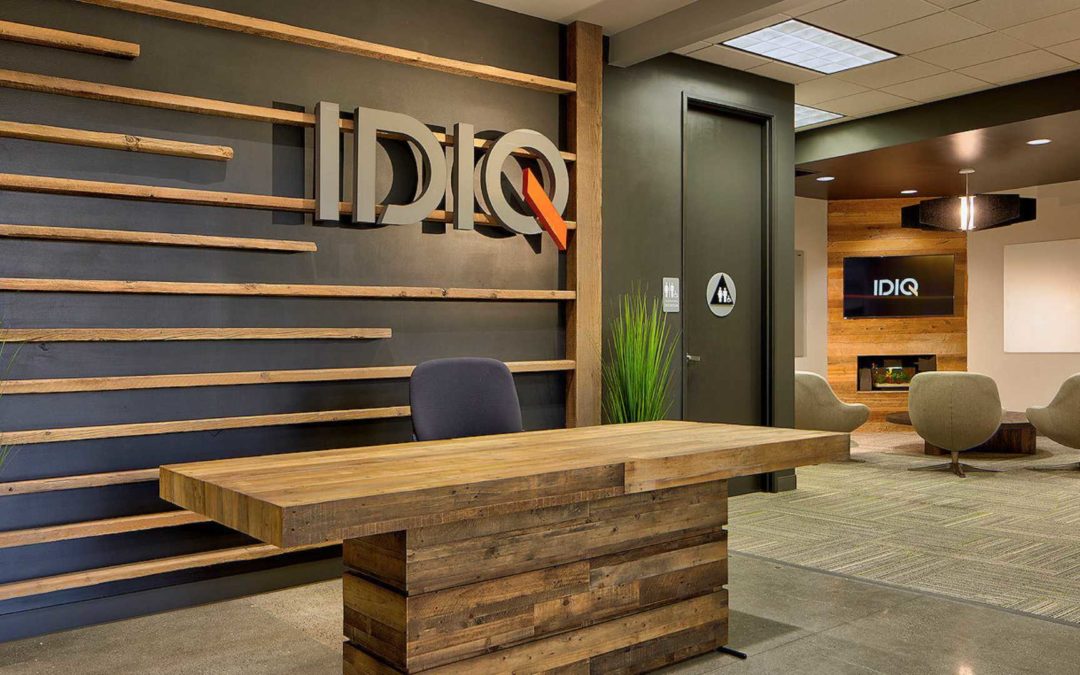Given our current economy and the uncertainty of the looming pandemic, it’s a difficult time for getting hired in PR. Jessamyn Katz, president of the San Francisco office of Heyman Associates, a communications and marketing recruiter says the job market “is going to be rough” for PR professionals. Newly graduated candidates are also facing a tough situation with a 68% drop in entry-level job postings compared to last year.
So, where to begin? Certainly there is the advice you’ve been given by others or learned during your career development classes – create a LinkedIn profile, develop your professional network, apply for a variety of jobs, etc. These are all great activities and hopefully at some point you will be asked to send a resume. It’s important to take time to develop a clear and effective resume that well represents you have the skills needed for a communications career in 2020. Here are some suggestions to consider.
One Size Does Not Fit All For Resumes – So obvi, right?
At some point somebody has probably told you this – a recruiter will make a decision within the first 60 seconds of seeing your resume. That’s best case – some only look for 7 seconds.

Such a quick scan is why it’s important to customize your resume for each opportunity. Determine what to emphasize most – is it your degree or particular skills or certain experience or something else? It will depend on the job you’re seeking and the company.
Highlight your qualifications that are most similar to the requirements of the job or organization. For example, KCD PR is a small agency and we specialize in B2B clients in the finance, fintech, tech and transportation sectors. One of the first things we look for on a resume is internship or professional experience doing PR activities for similar clients. Resumes showing this background get moved forward first for additional consideration. We also prefer to see experience at other PR agencies over in-house PR experience, so resumes highlighting that do well.
What if you don’t have experience directly related to the position? Think about attributes you’ve developed at other jobs. Chances are a few of them are what a communications hiring manager is seeking.
Targeting each reader when you customize your resume gives you a better chance of moving forward in the selection process. Make sure the hiring manager can most easily see the qualifications on your resume that match the company’s requirements.
Robot or Human – Who Really Knows?
Often you don’t know whether your resume will first be read by a human or an automated resume scanner (sometimes called an ATS or Applicant Tracking System). You will have to make a best guess. Generally, large companies are more likely to use an automated process. This pares down the hundreds of resumes received to a more manageable number for human review. Smaller PR agencies run lean operations and may not hire often enough to invest in maintaining an automated system. Usually one person is tasked with reviewing each resume and evaluating if basic qualifications merit a longer look.

If you think an ATS is reviewing your resume, it’s best to have a separate version formatted specifically to impress the robots. Certain formats and headings work better for the system to accurately read your resume. ResumeGenius gives some helpful suggestions for writing an ATS-friendly resume to increase the likelihood it will be passed on to a human.
Make the Answers Easy to Find
Hiring managers have questions and they look to your resume for answers: Does the candidate have a degree or is it in progress? Was their experience at a company that does similar work to mine? Have they worked in a large team? Did they have direct contact with clients?
Some research will help you determine what information is important for a particular job. Start with the job posting as many are great in laying out desired qualifications. However, also take a careful read through the rest of the information. Look at the job duties and company description. Consider what the company talks about on its website and social media. These resources all give clues about what a company most wants in candidates, especially softer skills like initiative, teamwork, and attention to detail. For instance, one company may most value your experience working in a small team, while another company is most concerned about your ability to work from home by yourself.
The example earlier about how KCD PR looks for people with experience providing PR to similar clients applies here also. By looking at our website, potential candidates can see the industries we specialize in. Even so, we often see candidates list previous experience without any details about the focus of the agency or the type of client roster they supported. For us, providing answers to our questions about where you did the work is as important as what you did and will being you one step closer to getting hired in PR.
Include Some Links
Putting a few direct links at the top of your resume encourages a reader to click and learn more about you. At a minimum, include your LinkedIn profile is a great tool to getting hired in PR. Even better, develop and link to your own website with samples of your writing, such as blogs, social media posts, pitches, etc. Showcase if you have graphic design skills, creative blog ideas, and insightful social media posts. PR is about telling a story, use your writing examples to show you have that skill.
In today’s competitive PR job market, adding these types of links are more of a basic expectation by hiring managers than seen as going a step above. Glassdoor advises having your professional candidacy package refined and ready to go when you need it.
Never Forget the Basics
Public Relations agencies want to know your written communications to clients will be professional and effective. They will judge your resume accordingly to determine if you are getting hired in PR. Use a format that is visually attractive and professional. In a recent Forbes article, Ashira Prossack called font and spacing the most important design factors on a resume. She suggests Arial and 10pt for easy reading.
Based on a few resumes we’ve seen, unfortunately, it still needs to be said – always, always proof read your document. Will one error automatically delete you from consideration? Maybe, maybe not. Even if an error is not a show stopper, it’s on the minds of the hiring team. They will now be hyper-diligent in looking for additional mistakes. Any new errors won’t be easily forgiven.

Overall, keep in mind that concise and purposeful is best. The resume doesn’t get you the job – it gets you the interview. Crafting a targeted, well-designed resume increases your chance of your being invited to that next hiring step and getting your desired public relations position.





